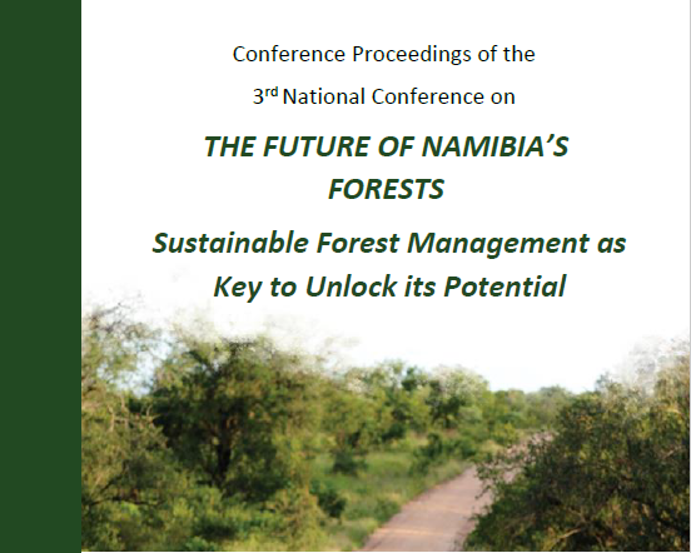What is TH!NK Namibia?
TH!NK Namibia is a national information campaign which was initially launched in 2015 and is run in different phases. The TH!NK Namibia Campaign serves the interested public and targeted individuals with information and educational content related to aspects of environmental awareness and climate change, water conservation, climate-smart agriculture, sustainable forest management, renewable energies and sustainable development.







